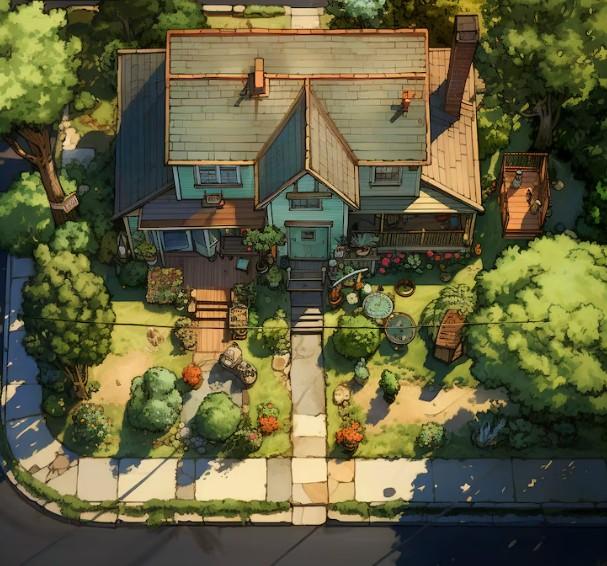Unlock Smarter Workflows with AutoCAD Plant 3D & Raster

Modern engineering and infrastructure projects demand more than just basic drafting tools—they require intelligent, efficient solutions that streamline workflows and bridge the gap between new and legacy data. Autodesk offers two standout tools in this regard: AutoCAD Plant 3D and AutoCAD Raster Design. These applications are transforming the way professionals approach plant design and data conversion, helping teams deliver projects faster, with greater accuracy and cost-efficiency.
Simplify Complex Plant Design with AutoCAD Plant 3D
AutoCAD Plant 3D is purpose-built for piping and plant design professionals. It allows users to create highly detailed 3D models of process plants, including piping, equipment, structural supports, and instrumentation. Based on the trusted AutoCAD platform, it provides a familiar interface while offering specialized features tailored to the needs of plant designers.
With this software, you can generate intelligent Piping and Instrumentation Diagrams (P&IDs), automatically create isometric and orthographic drawings, and manage vast amounts of project data. One of its greatest strengths is its integration of customizable piping specs and catalogs, enabling compliance with global standards like ISO, DIN, and ANSI.
Project teams using AutoCAD Plant 3D benefit from enhanced collaboration, thanks to centralized databases and cloud storage compatibility. Design consistency, automatic updates, and real-time communication help reduce rework and minimize costly mistakes.
Convert Legacy Data with Ease Using AutoCAD Raster Design
In many industries, valuable data still exists only as paper blueprints or scanned images. AutoCAD Raster Design offers a smart solution by allowing users to convert these raster images into vector-based CAD drawings.
The software includes a powerful suite of tools for raster cleanup and editing, such as despeckling, deskewing, mirroring, and more. Its standout feature is raster-to-vector conversion, which enables engineers to trace or automatically convert scanned geometry into usable linework in DWG format.
Another key feature is Optical Character Recognition (OCR), which can extract text from raster images and convert it into editable AutoCAD text. This is a game-changer for teams working with legacy documentation, saving hours of manual transcription and ensuring accuracy.
When paired with AutoCAD Plant 3D, AutoCAD Raster Design allows engineers to bring old P&IDs and drawings into a current digital workflow—preserving historical design intent while preparing for modernization or expansion.
Conclusion
Combining AutoCAD Plant 3D and AutoCAD Raster Design enables engineering teams to tackle modern challenges with powerful, integrated tools. While AutoCAD Plant 3D delivers intelligent plant modeling and collaborative project management, AutoCAD Raster Design provides the critical capability to transform legacy data into usable CAD content.
Together, they create a comprehensive solution for industrial design workflows—bridging the past and future of engineering. For firms looking to enhance productivity, reduce manual work, and maintain data integrity, investing in these tools is a smart, forward-thinking decision.








